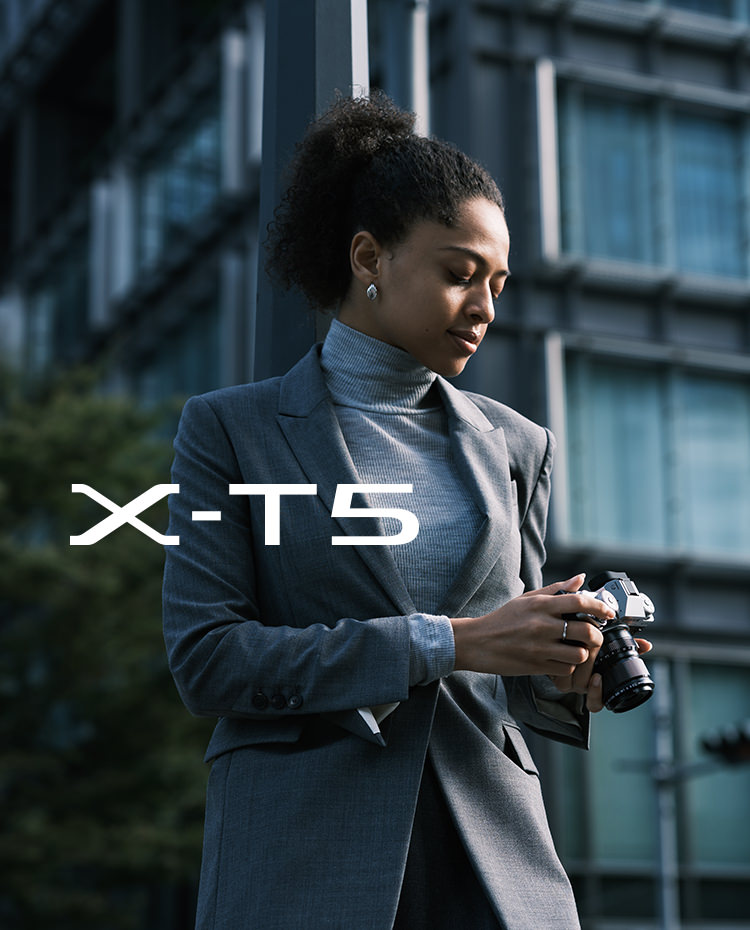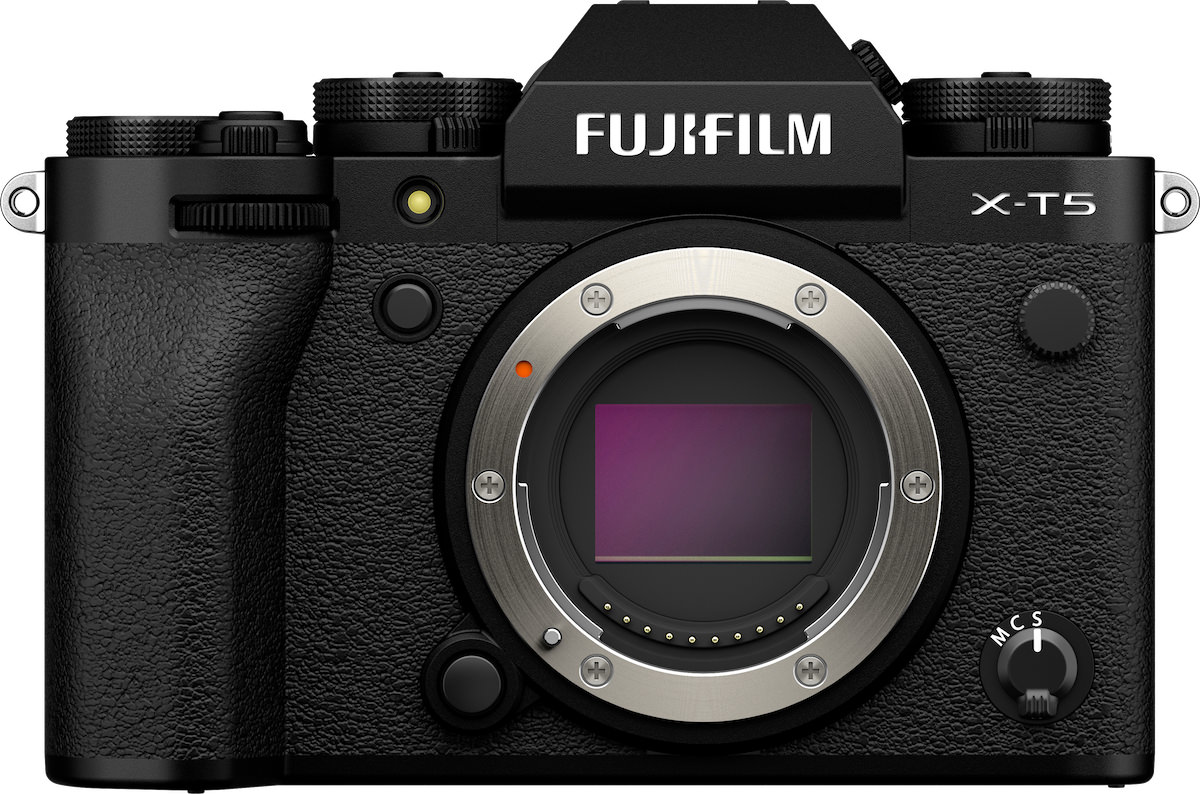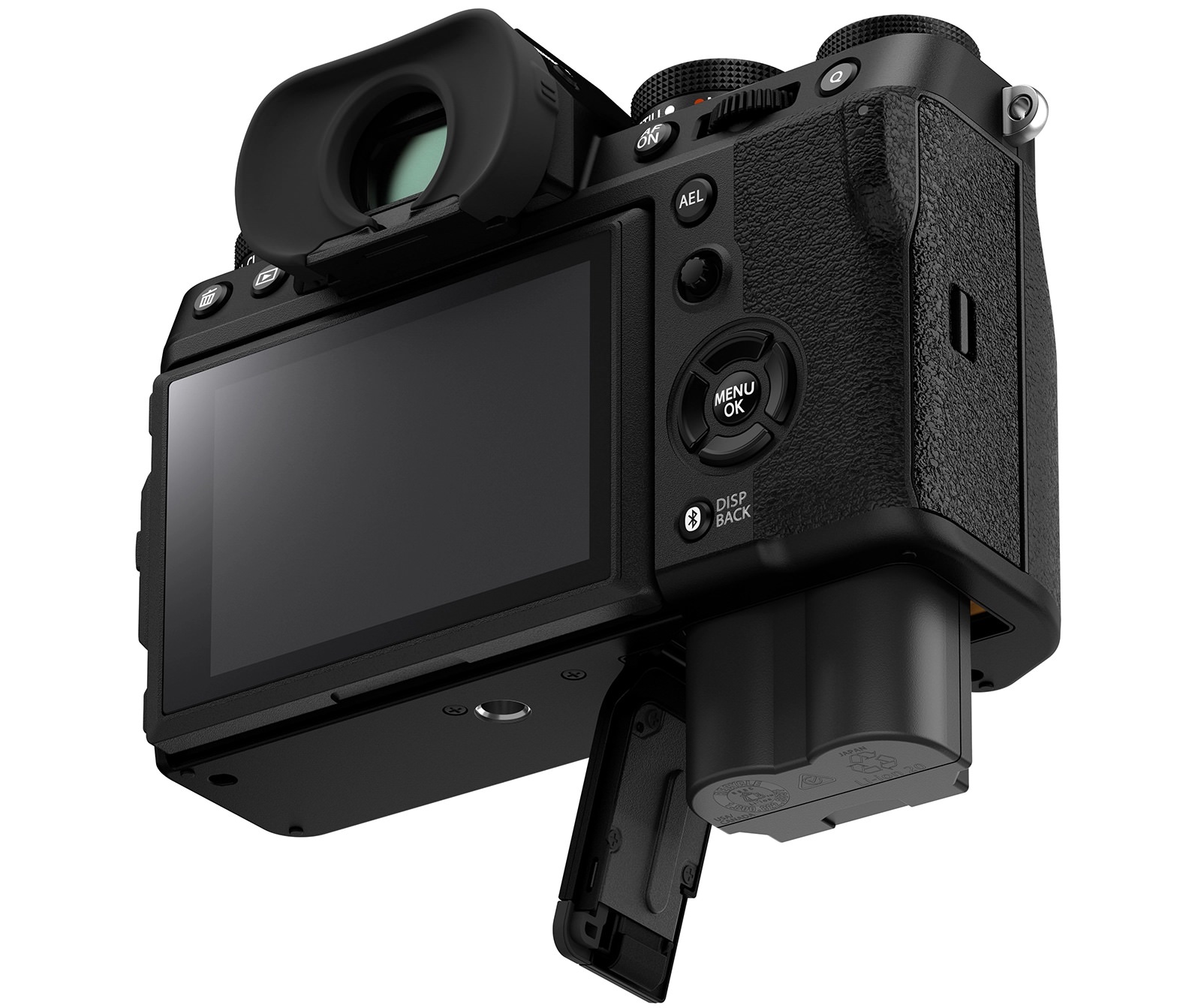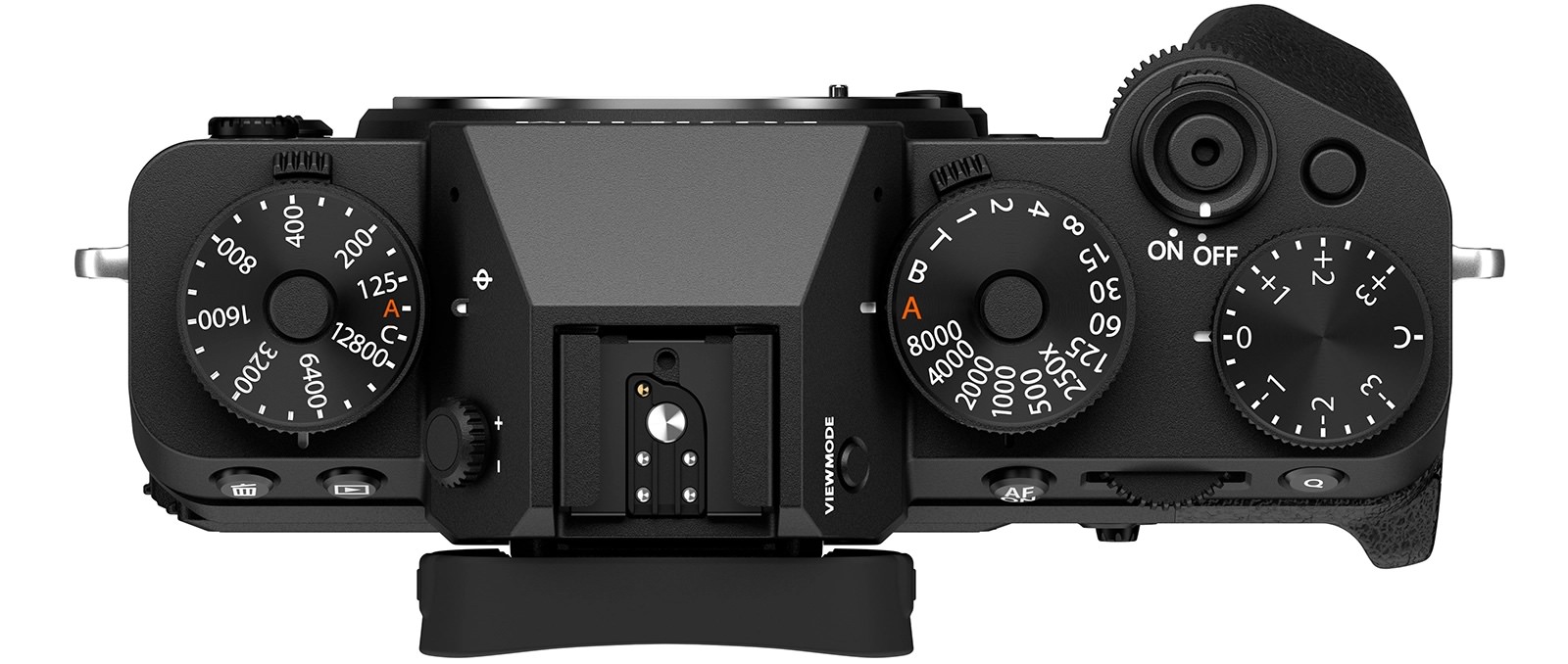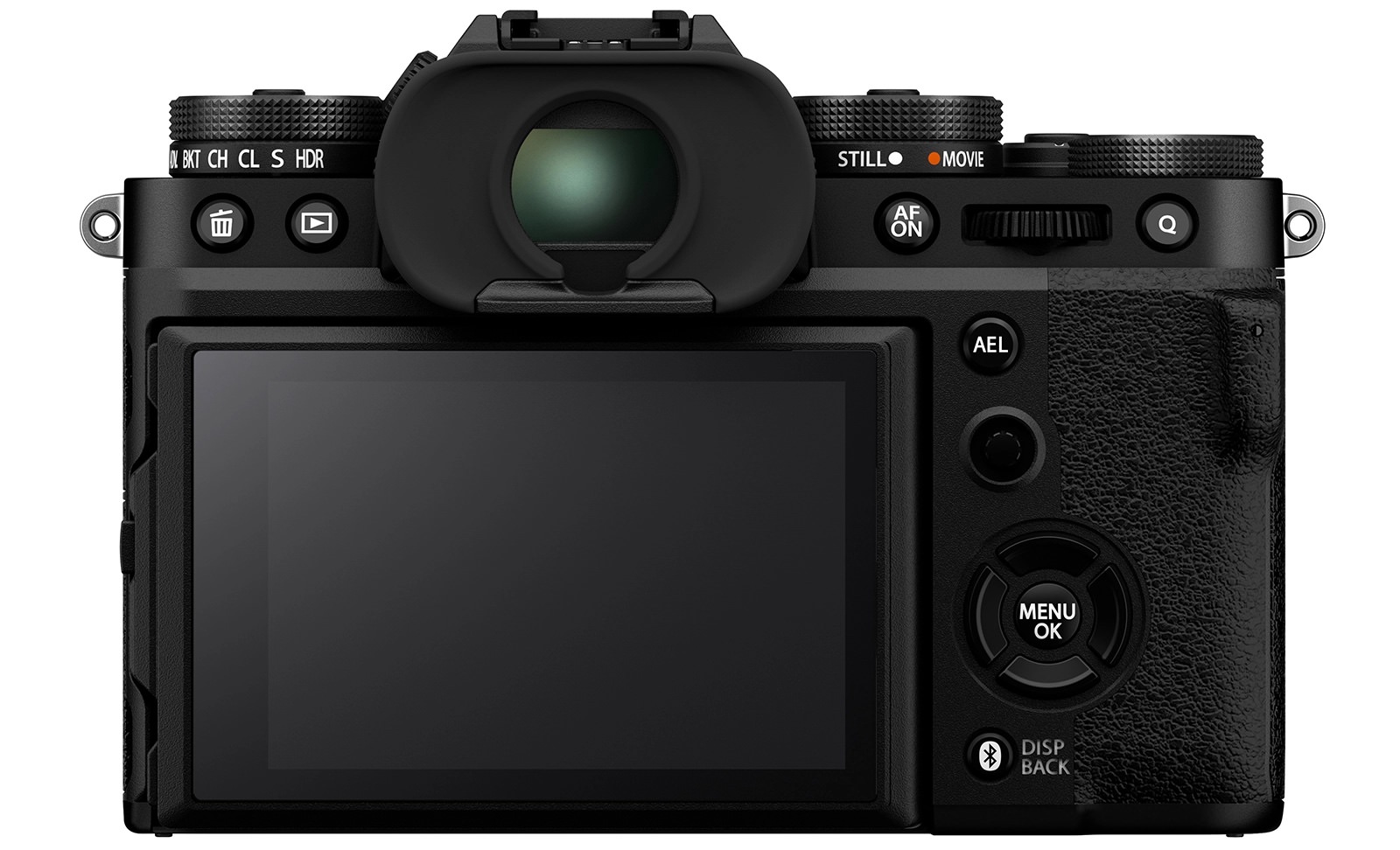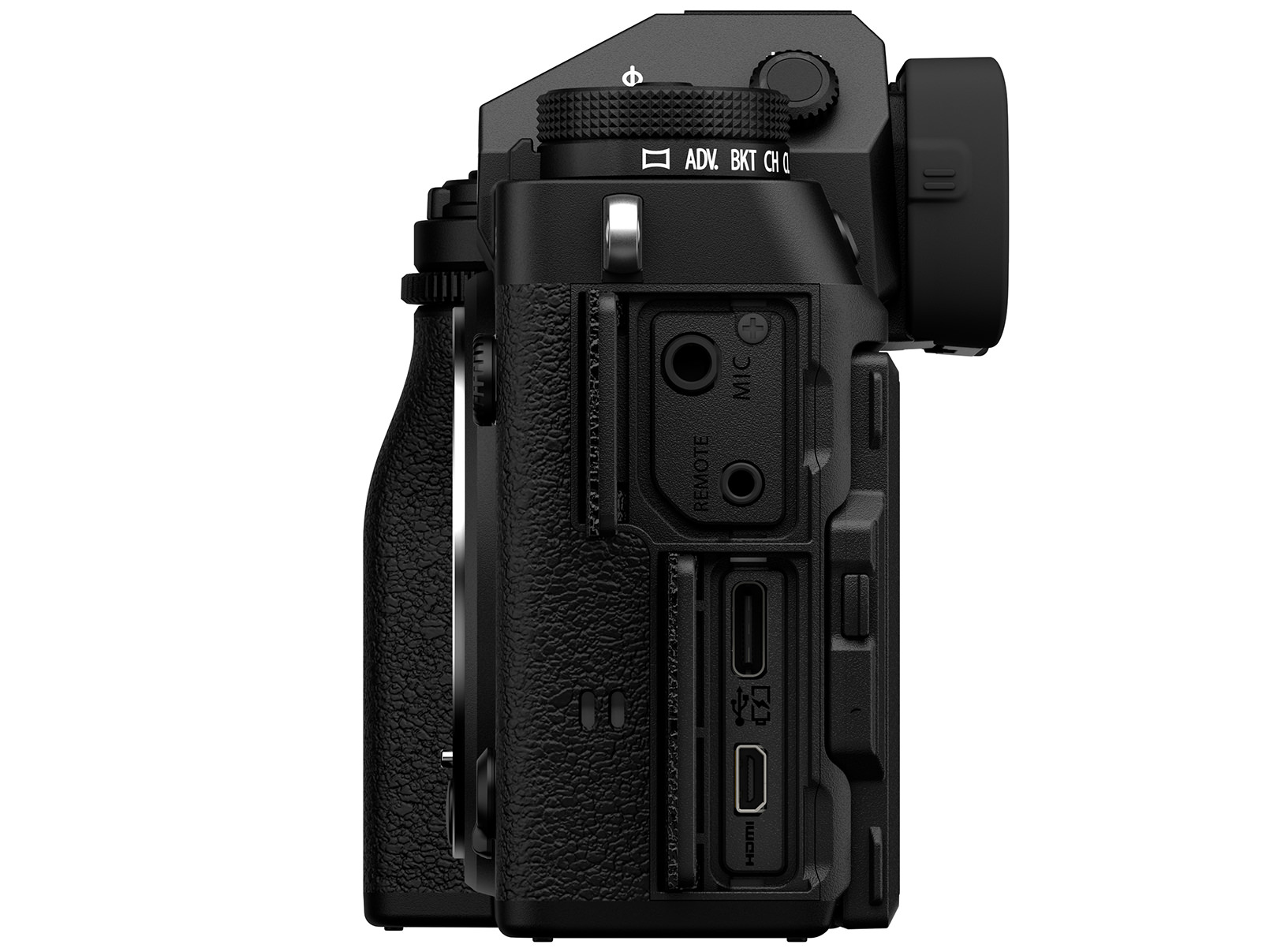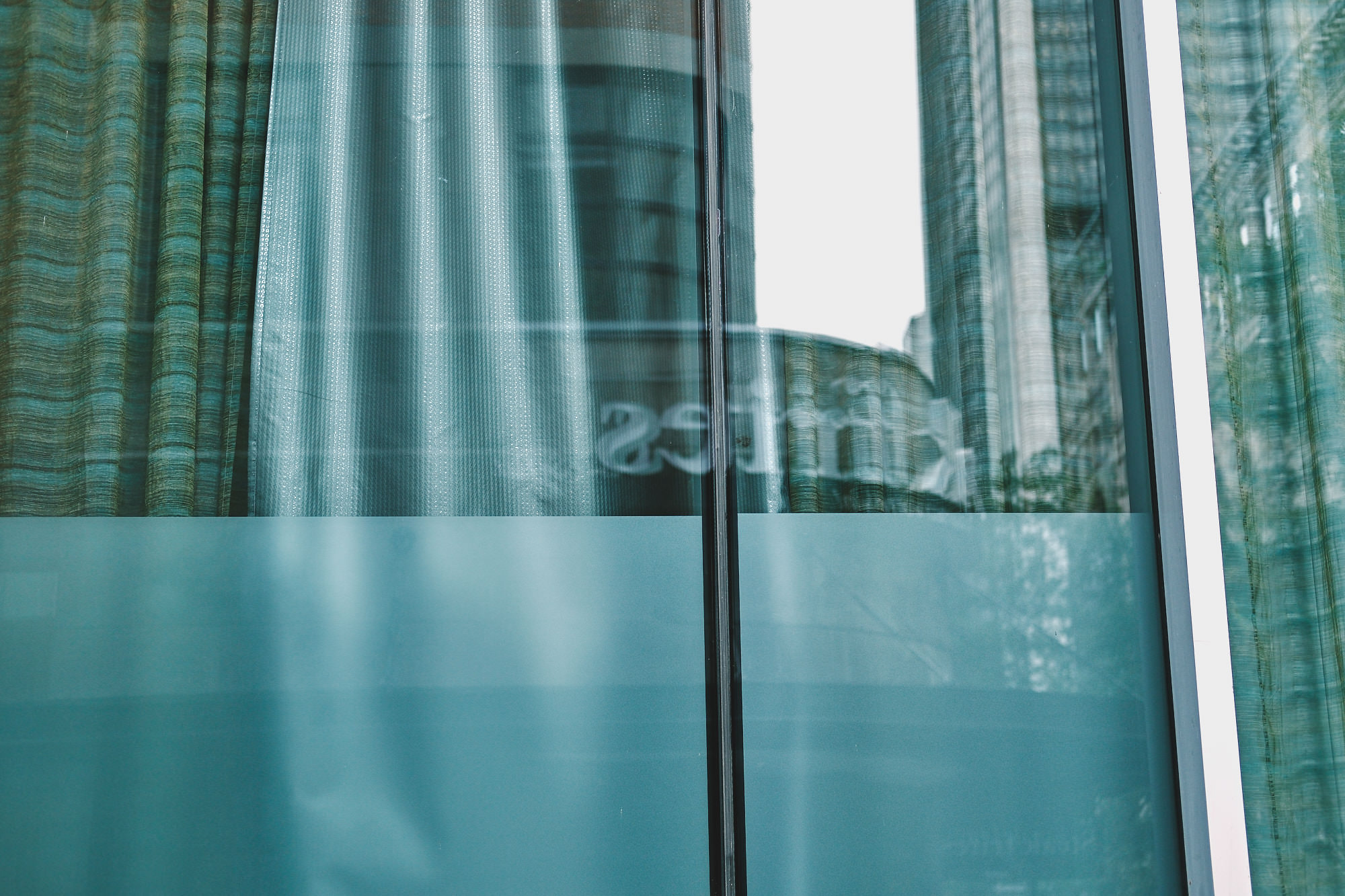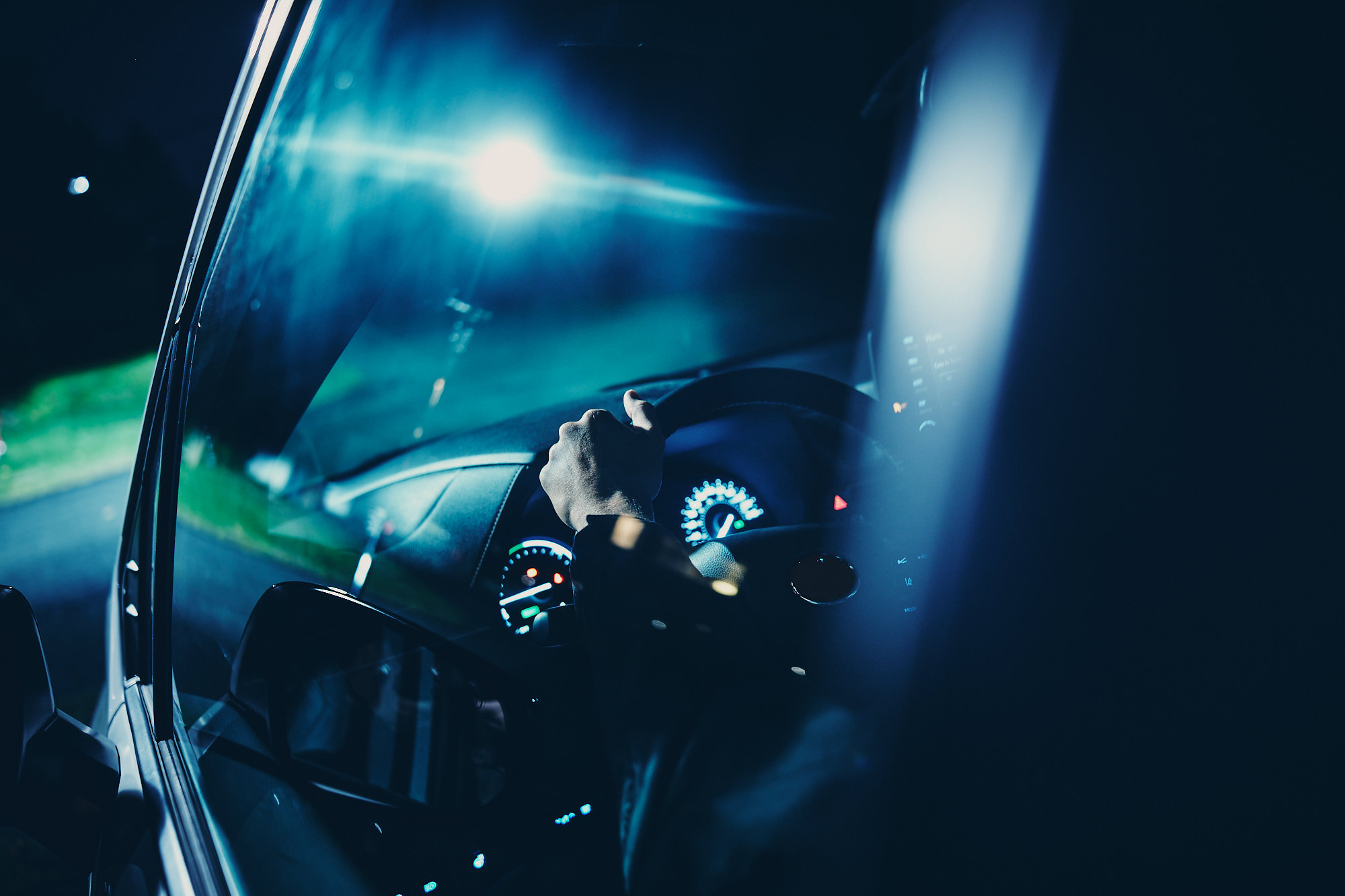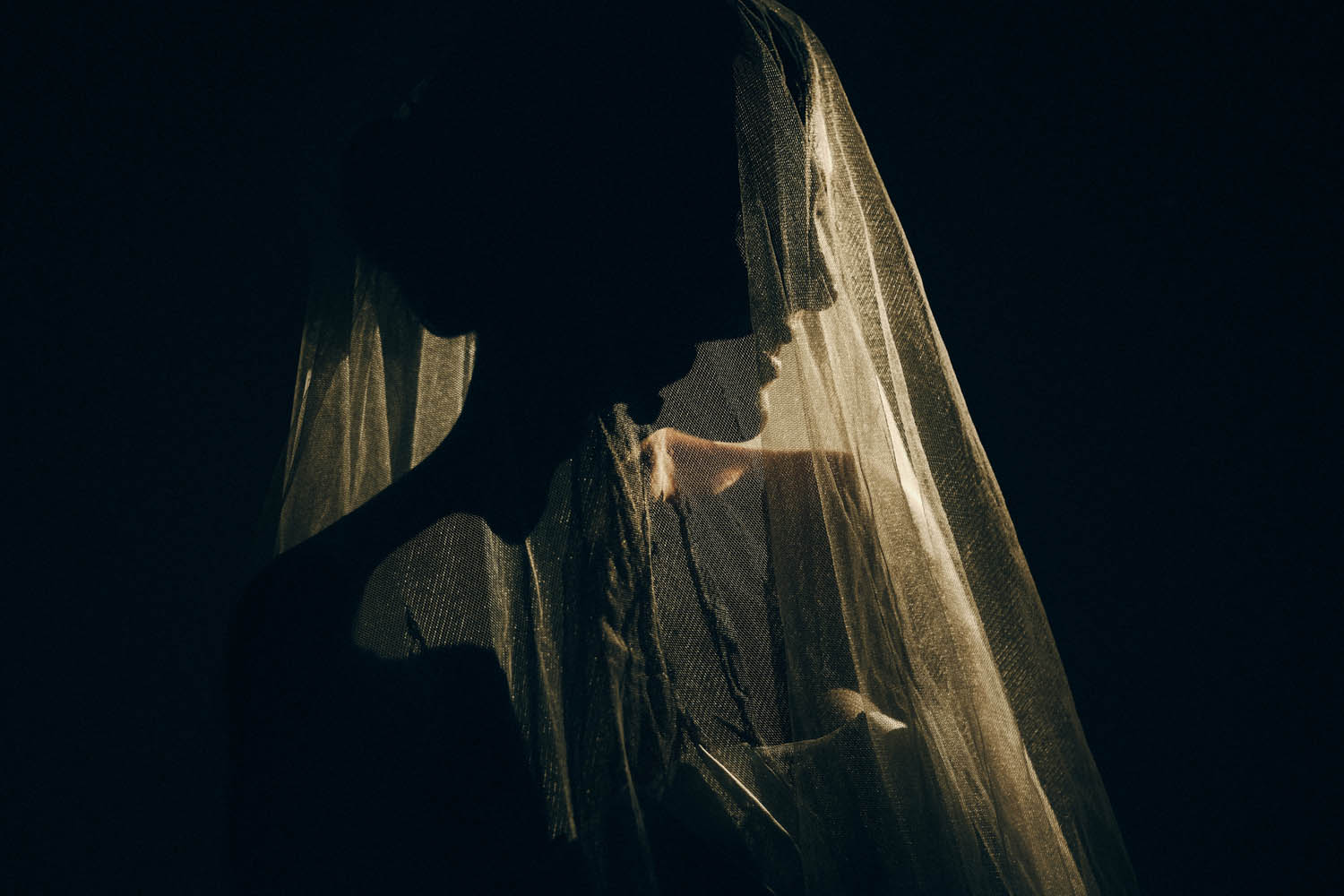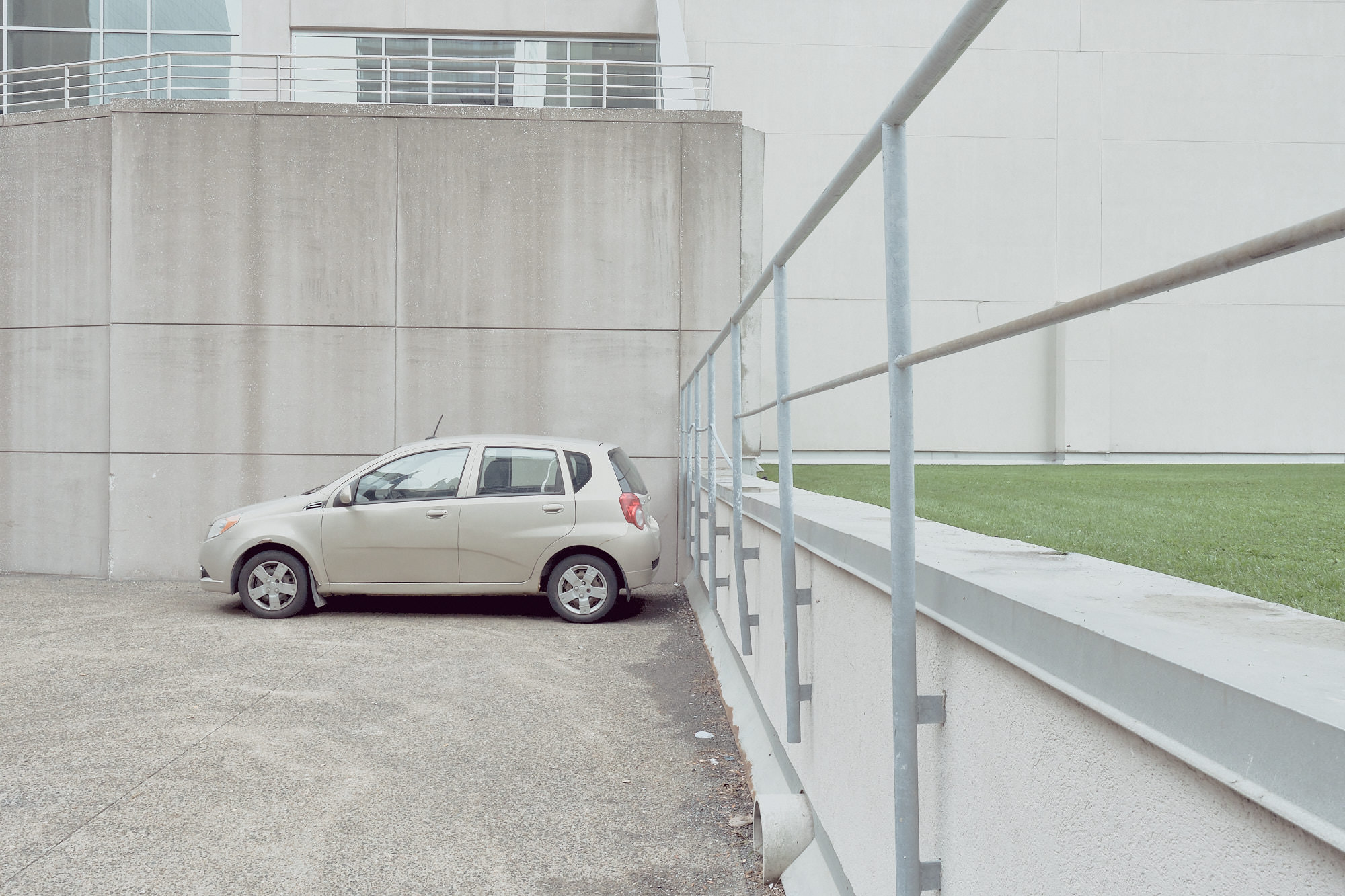A Detailed Look to the FUJIFILM X-T5
The X-T5, the company’s follow-up to the higher-end APS-C mirrorless camera, offers some significant technical advancements, the largest in five years, while improving the fundamental design. The X-T5 utilizes the 40-megapixel sensor of the pro-oriented X-H2, but at a size that is comparable to the original X-T1.
Whereas the X-T4 was bulky and included a flip-out screen for video, the X-T5 prioritizes stills. The shutter button and front control dial have been moved for a better hold in the X-T5 design, which is also smaller, lighter, and simpler than its predecessor. There are also some internal upgrades, including slightly improved in-body stabilization (seven stops as opposed to 6.5 stops), a tilting LCD with marginally higher resolution, and an electronic viewfinder with 0.8X magnification as opposed to the X-0.75X. T4’s
The X-T5 can take pictures at a rate of 15 frames per second (FPS) with the mechanical shutter and 20 FPS using the electronic shutter (which also introduces a crop). The camera can record a burst of 119 JPEG images, 39 compressed RAW frames, or 19 uncompressed RAW images at 15 frames per second. The shutter has a 500,000-cycle life and can record images at shutter speeds of up to 1/8000 second, according to Fujifilm. The maximum speed for the electronic shutter is 1/180000 seconds.
The company claims that the five-axis IBIS technology used by the X-T5 offers seven stops of compensation. The X-T5 can combine 20 frames in Pixel Shift mode to create an image with a combined resolution of more than 160 megapixels.
Fujifilm says that the X-T5 focus system features “a high number of phase detection pixels for impressive AF-S focus on a high-frequency subject… [and the] AF prediction algorithm offers stable focusing in AF-C mode.” The autofocus system of the X-H2 is carried over to the X-T5, which now uses deep-learning technology to identify animals, birds, cars, bikes, airplanes, and trains. The increase in Phase Detect pixels has made it possible to focus on fine-textured subjects such as animal fur, grass, and trees.
The electronic viewfinder on the X-T5 has the same 3.69 million dots and 100 frames per second as the previous generation model. Still, it has been enhanced with an increased magnification of 0.8x and aspherical elements in the optics for a better view when your eye is not perfectly straight.
Here are some sample pictures:
The X-T5 was given a slew of top-notch video features by Fujifilm, including the ability to capture 6.2K video at 30p in 4:2:2 10-bit color. When recording to F-Log 2, the camera oversamples video in 4K HQ mode to provide, according to the manufacturer, 13-stops of dynamic range.
The X-T5 can record RAW video footage as 12-bit Apple ProRes RAW at up to 6.2K resolution and at frame rates as high as 29.97p when used in conjunction with an ATOMOS recorder. The Blackmagic Video Assist 12G, which can record Blackmagic RAW at the same 6.2K and 29.97p, is another device the X-T5 can record to.
The $1,700 X-T5 will be available for purchase in late November and is available in black and silver.
More info on Fujifilm’s website.

